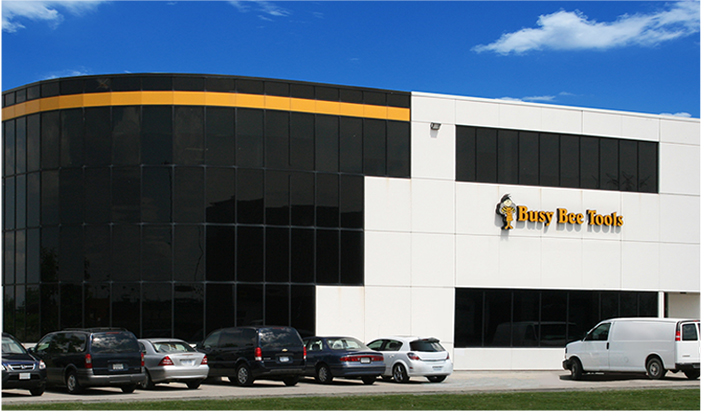Metalworking Basics
By: Gord Thorogood
Most woodworkers seldom get the opportunity to work with metal except for may be cutting a bolt with a hacksaw or filing some small parts, so the types and grades of metal available today are hardly the topic of everyday conversation outside of the tool room.
Every operation in metalworking has to be approached as a unique situation and planned in advance to determine how it will be achieved.
The first thing that is taken into account is the characteristics of the material being cut. No matter what the cutting operation, turning, milling, sawing, drilling etc, it all comes down to a single principle; a cutting tool held against the material and either the work is stationary and the tool moves or the tool is stationary and the work moves . Regardless of which moves, the rate of speed of this movement is all important and it usually is stated as feet per minute F.P.M.
Each material being cut has an ideal speed that should be used and this has to be determined prior to starting any operation. You should consult charts etc to get an idea of the optimum rates and then adjust up or down to achieve the ideal. This comes with experience and trial and error.
Every cutting operation can be thought of in one way. That is a single point tool such as a lathe tool passing through the material at a certain speed. A saw blade is a series of single point tools, a mill cutter is again a number of cutters combined, and even grinders are a number of cutting points placed at random and joined together to be run at a certain speed.
LATHES
Lathes have three different factors which limit their use. Firstly the dimension of the machine, which is the swing and the distance between centres. Secondly the power available is very important. As a rule of thumb the more power available the more forgiving the machine will be. Thirdly the mass and weight, which results in rigidity, will allow you to use the power to its full potential.
Metal working lathes range in size from desk-top units to 500 horsepower monsters more than 100 feet long, but we will only deal with small machines up to a few horsepower at this time.
When you have selected a machine with the dimensions that you require you should then ask if the power is adequate to satisfy your needs. One thing to keep in mind is the fact that you should be using high speed steel tools which you will have to grind yourself since the carbide tooling available is designed for machines that have at least three to five horsepower available to even start to generate a chip.
By the way, the term high speed steel does not indicate that the tools should be used at a high speed but only describes the furnace technique used at the mill when the steel is made. To operate a lathe capably you should determine what to expect of the machine and then work within these parameters.
Generally remember the following:
1. AS THE DIAMETER OF THE WORK INCREASES, THE POWER REQUIRED TO TAKE THE SAME CUT INCREASES AND THE RPM DECREASES.
2. MAKE SURE THE WORK IS SUPPORTED AS RIGIDLY AS POSSIBLE. THIS WILL DIMINISH CHATTER ETC…
3. THE TOOL SHOULD HAVE AS LITTLE OVERHANG AS POSSIBLE. THIS WILL ALSO DIMINISH CHATTER ETC…
4. TOOLS SHOULD BE GROUND TO ACCURATE CONFIGURATION AND INCORPORATE CHIP BREAKERS THAT ARE HONED TO GIVE THE FREE CUTTING THAT IS DESIRED.
5. USE THE PROPER RATE OF SPEED AND FEED AND YOU WILL DELIGHT AT THE RESULTS.
© Copyright 2010 by Busy Bee Machine Tools® Ltd. All rights reserved.





























